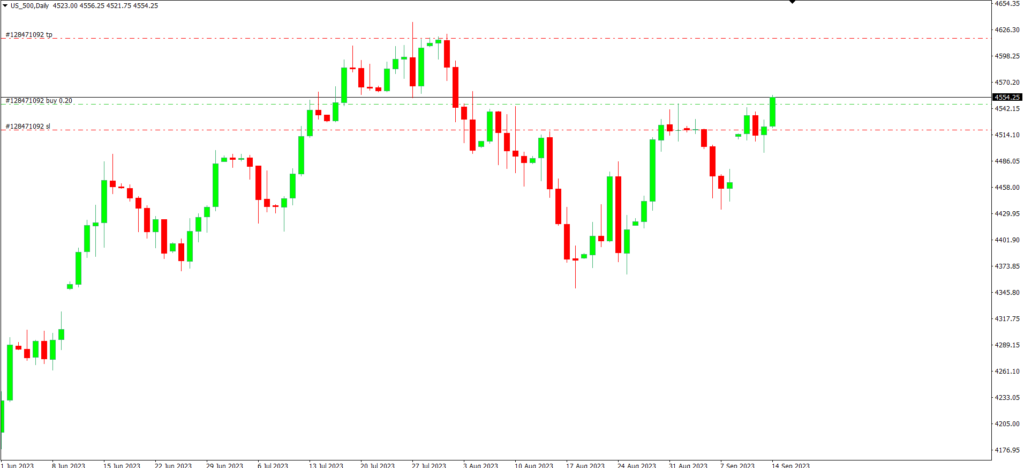Risk management
Risk management is a critical aspect of forex trading that is essential for preserving capital and achieving long-term success. It involves a set of strategies and techniques designed to minimize potential losses while allowing traders to capitalize on opportunities. Here’s an overview of risk management in forex trading:

Position Sizing: Determine the size of each trade based on your risk tolerance and account size. A common rule of thumb is to risk only a small percentage (typically 1-2%) of your trading capital on any single trade. This ensures that you can withstand a series of losing trades without depleting your account.
Stop-Loss Orders: Always use stop-loss orders to limit potential losses on each trade. A stop-loss is a predetermined price at which your trade will automatically be closed if the market moves against you. It’s a crucial tool for preventing catastrophic losses.
Take-Profit Orders: Set take-profit orders to lock in profits when the market moves in your favor. This helps you capture gains and avoid the temptation to stay in a winning trade for too long, which can lead to giving back profits.
Risk management is a critical aspect of forex trading
Risk-Reward Ratio: Calculate the risk-reward ratio before entering a trade. This ratio compares the potential reward (profit) to the potential risk (loss). A common target is a risk-reward ratio of 1:2 or better, meaning that you aim to make at least twice as much profit as you are risking on the trade.
Diversification: Avoid putting all your capital into a single currency pair or trade. Diversifying your portfolio across different currency pairs can help spread risk. Remember that diversification doesn’t eliminate risk entirely, but it can reduce the impact of a losing trade.
Trading Plan: Develop a well-defined trading plan that includes your risk tolerance, entry and exit strategies, and position sizing rules. Stick to your plan and avoid impulsive decisions driven by emotions.
Risk Assessment: Continuously assess and manage risk by staying informed about economic events, news releases, and geopolitical factors that can impact currency markets. Be aware of the potential for gaps in price due to overnight news events.
Use of Leverage: Be cautious when using leverage. While leverage can amplify profits, it also magnifies losses. Consider using lower levels of leverage, or even trading without leverage, especially if you’re a beginner.
Emotional Control: Emotions can lead to impulsive decisions and risk mismanagement. Maintain discipline and follow your trading plan regardless of fear, greed, or excitement.
Forex risk management
Regular Evaluation: Periodically review and evaluate your trading performance. Analyze your trades to identify areas where you can improve risk management. Adjust your strategies as needed.
Capital Preservation: Prioritize the preservation of your trading capital over the pursuit of profits. Protecting your capital is the key to long-term success in forex trading.
Use of Hedging and Options: Advanced traders may consider using hedging strategies or options to manage risk in more complex ways. These strategies can help protect against adverse market movements.
Remember that no risk management strategy can guarantee profits or eliminate all losses. Forex trading inherently involves risk, and it’s possible to incur losses even with the best risk management practices. However, effective risk management can help you stay in the game, manage losses, and increase your chances of long-term success in the forex market.